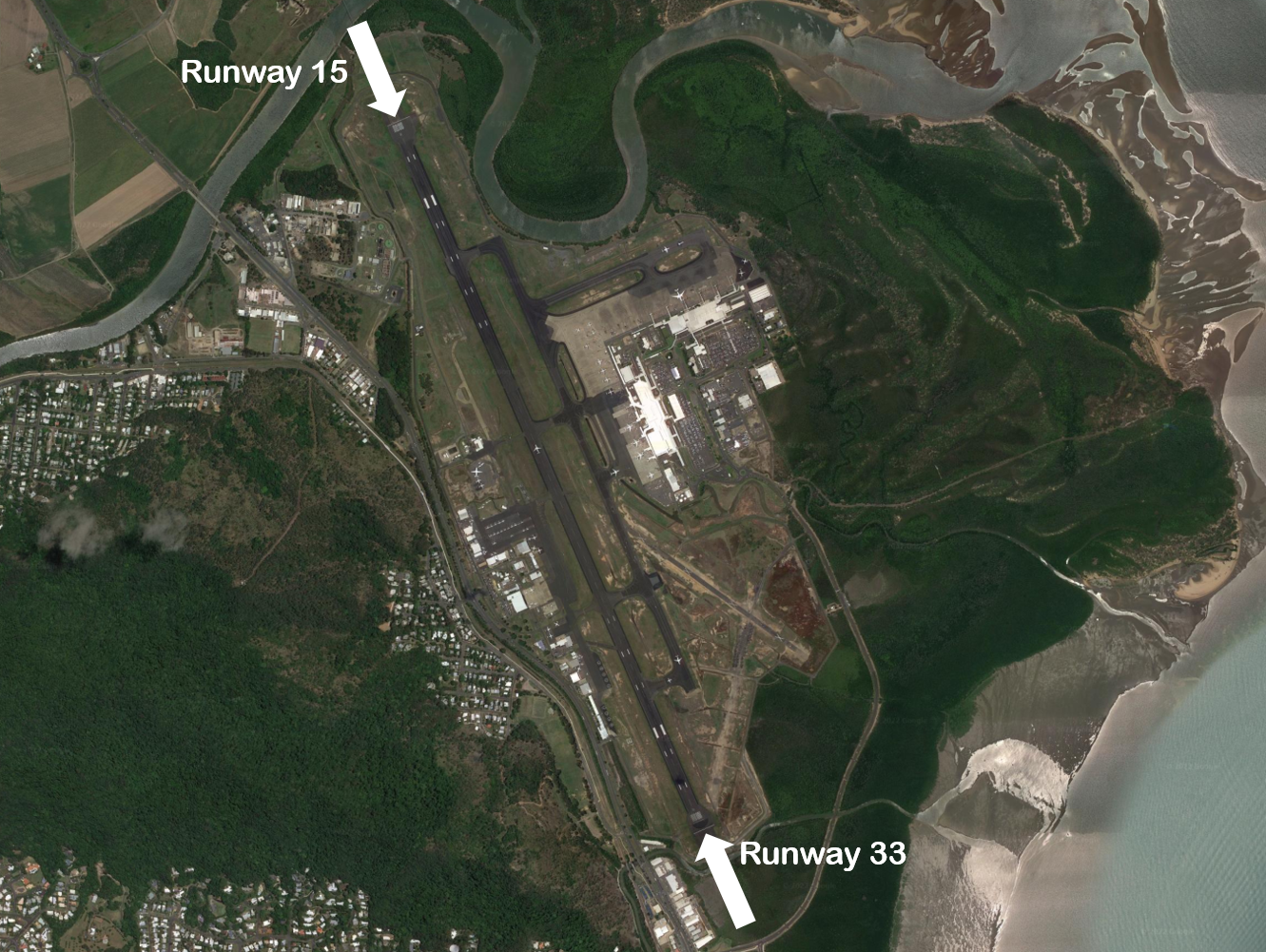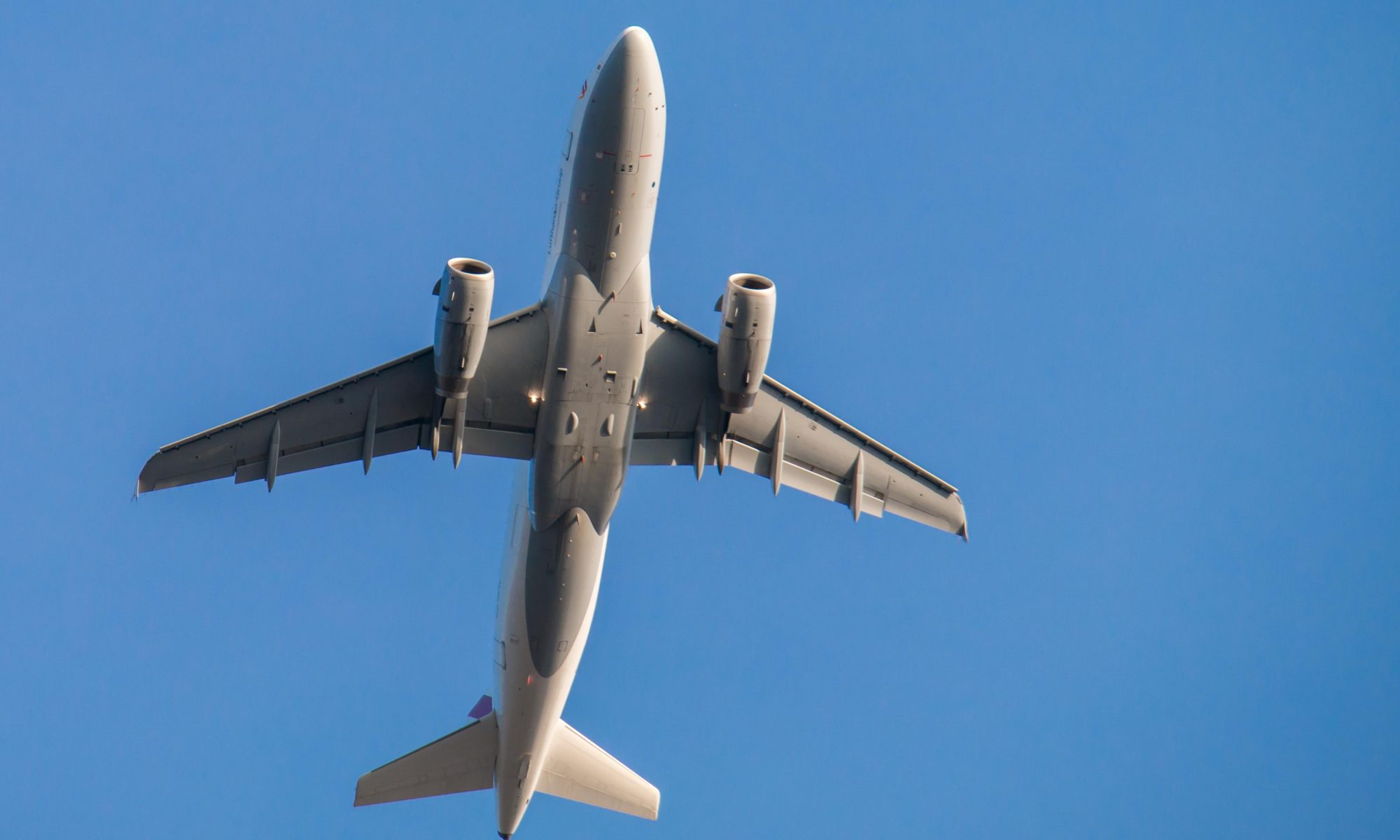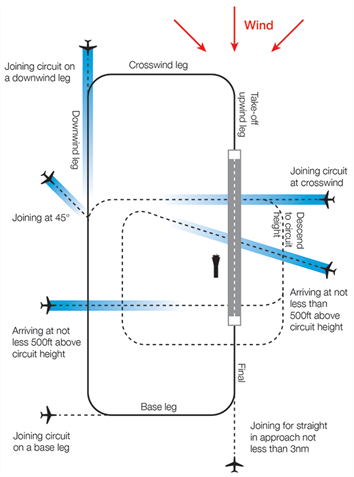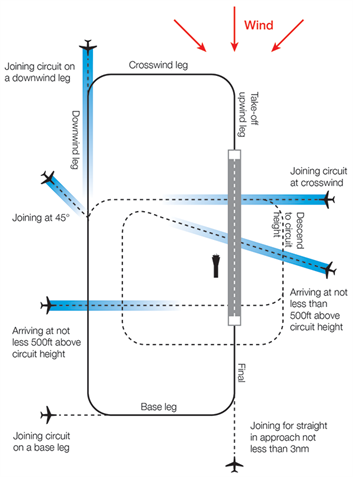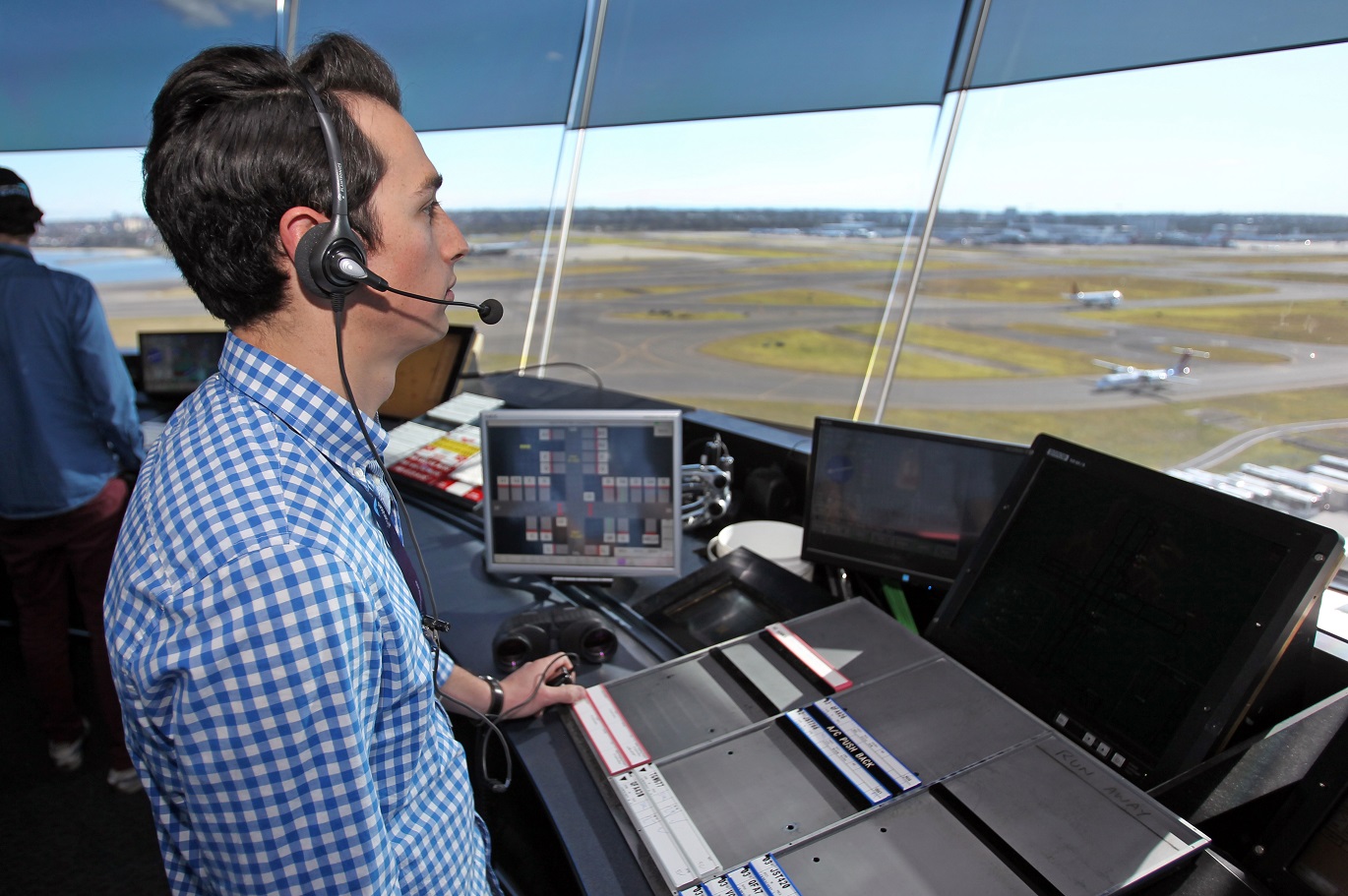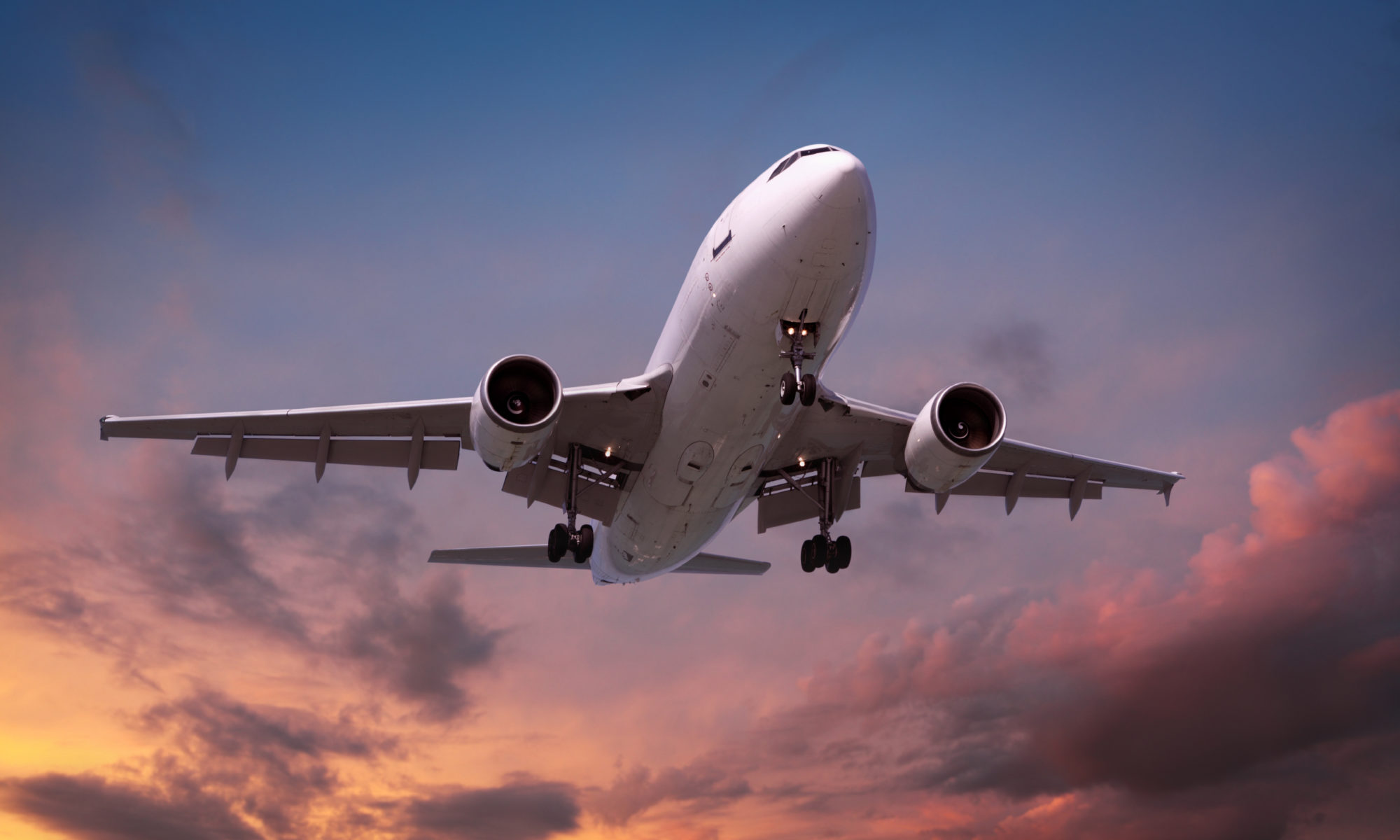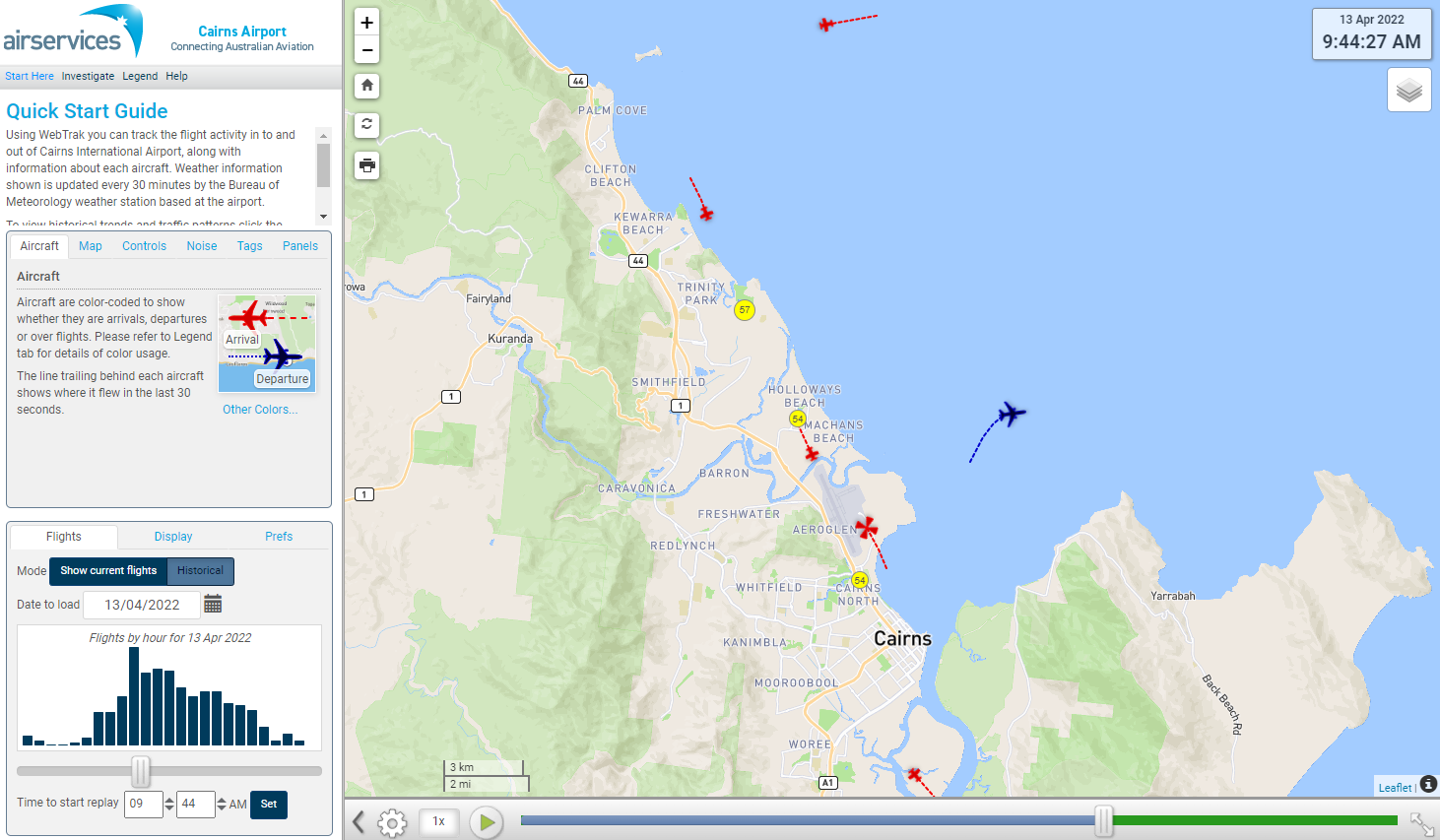Cairns Airport currently has one operational runway: Runway 15/33. It is orientated north-south. The runway is 3196 metres long and has precision navigation aids at both ends enhancing the safe operation of aircraft landing from either the north or south.
The runway is referred to differently according to in which direction it is being used. For example it is known as Runway 33 when used in a northerly direction and Runway 15 when used in a southerly direction. Runway numbering reflects the runways’ orientation and correlates with degrees on a compass. Runway 33 is 330 degrees.
An Instrument Landing System operates for aircraft landing on Runway 15.
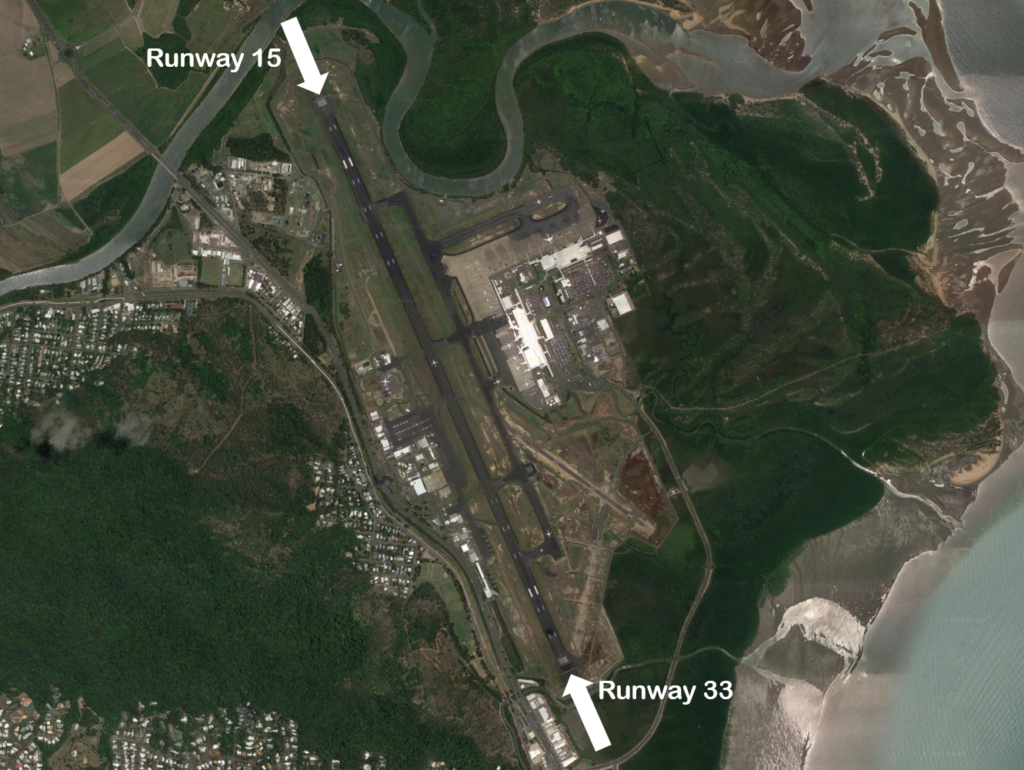
The following video explains how runways are named and used.
Runway selection and seasonal winds
Runway selection is based on wind direction, weather conditions, traffic volume and other factors. Aircraft primarily take-off and land into the wind for safety and performance reasons. Therefore, as the wind direction changes the runway in operation may also change depending on the strength of the wind.
This means that Cairns’ seasonal wind patterns affect usage of the runway directions. The prevailing wind year-round tends to be southerly which results in more use of Runway 15. Therefore, when the wind direction is northerly and Runway 33 is used, it can be more noticeable to affected residents because it occurs less frequently.
Noise abatement procedures
Noise abatement procedures are designed to help reduce the impact of aircraft noise on communities. While they are applied whenever it is possible to do so, their use is not mandatory and is subject to weather conditions and traffic requirements.
The Cairns Noise Abatement Procedures outline that the preferred runway for landing and take-off is Runway 15. Arriving aircraft will be directed to use routes that are clear of highly populated areas until they are seawards of the coastline or established on their final approach to land. Pilots are asked to delay flap deployment until as late as is operationally practicable when on final approach.
Between 10.00 pm and 7.00 am, circuit training by jet aircraft (and other aircraft exceeding 5700 kilograms maximum take-off weight) is not permitted.
Between 11.00 pm and 6.00 am, no aircraft is permitted to conduct engine run ups (unless associated with the normal preparation of flight) without Cairns Airport permission. Operators and pilots of jet aircraft are also requested to cooperate in limiting the use of reverse thrust when landing.

